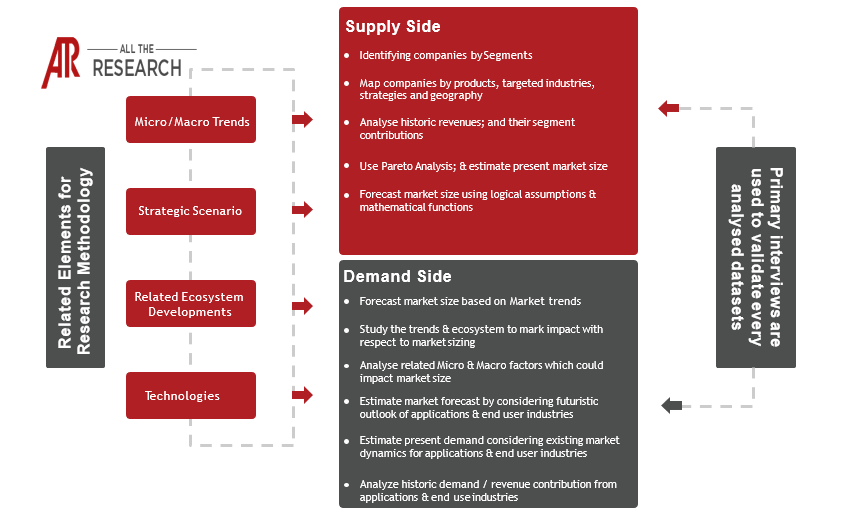The application of Augmented Reality (AR), Virtual Reality (VR), and Extended Reality (XR) technologies is rapidly transforming the retail landscape, ushering in an era of immersive and personalized shopping experiences. This market research report delves into the burgeoning market for AR/VR/XR in Retail, providing a comprehensive analysis of its current state, future potential, and key influencing factors.
Market Definition:
This report defines the AR/VR/XR in Retail market as encompassing the hardware, software, and services that enable retailers to leverage these technologies to enhance various aspects of the customer journey, from pre-purchase product discovery and evaluation to in-store navigation and post-purchase engagement. This includes solutions for:
Market Size and Growth (CAGR%):
The AR/VR/XR in Retail market is poised for significant growth in the coming years. While estimates vary depending on the scope and methodology, the market is projected to experience a CAGR of between 35% and 50% over the forecast period (e.g., 2023-2030). This rapid growth is fueled by increasing consumer adoption, advancements in technology, and the growing need for retailers to differentiate themselves in a competitive market.
Key Market Drivers:
Several key factors are driving the adoption of AR/VR/XR in retail:
Key Challenges:
Despite the significant potential, the market faces several challenges:
Regulatory Focus:
The regulatory landscape surrounding AR/VR/XR is still evolving. Key areas of focus include data privacy, consumer protection, and accessibility. Retailers need to be aware of and comply with relevant regulations to ensure responsible and ethical use of these technologies. Regulations like GDPR and CCPA are applicable if customer data is collected and processed.
Major Players:
The AR/VR/XR in Retail market is characterized by a mix of established technology companies and specialized startups. Key players include:
Regional Trends:
Trends in M&A, Fund Raising, etc.:
The market is witnessing increasing activity in mergers and acquisitions as established players seek to acquire innovative startups and expand their capabilities. Fund raising activities are also on the rise as investors recognize the significant potential of AR/VR/XR in retail. Recent trends include strategic acquisitions of AR/VR companies by major retailers and venture capital funding for startups developing innovative solutions.
Conclusion:
The AR/VR/XR in Retail market is poised for significant growth in the coming years. By addressing the challenges and leveraging the opportunities, retailers can harness the power of these technologies to create immersive and personalized shopping experiences that drive customer engagement, increase sales, and enhance brand loyalty. This report provides valuable insights for retailers, technology providers, and investors looking to capitalize on the transformative potential of AR/VR/XR in the retail industry.
The Report Segments the market to include:
1. By Component:
2. By Application:
3. By Retail Type:
4. By End User/Retailer Size:
5. By Region:

Ask for free product review call with the author

Share your specific research requirements for a customized report

Request for due diligence and consumer centric studies

Request for study updates, segment specific and country level reports
1. By Component:
2. By Application:
3. By Retail Type:
4. By End User/Retailer Size:
5. By Region:
